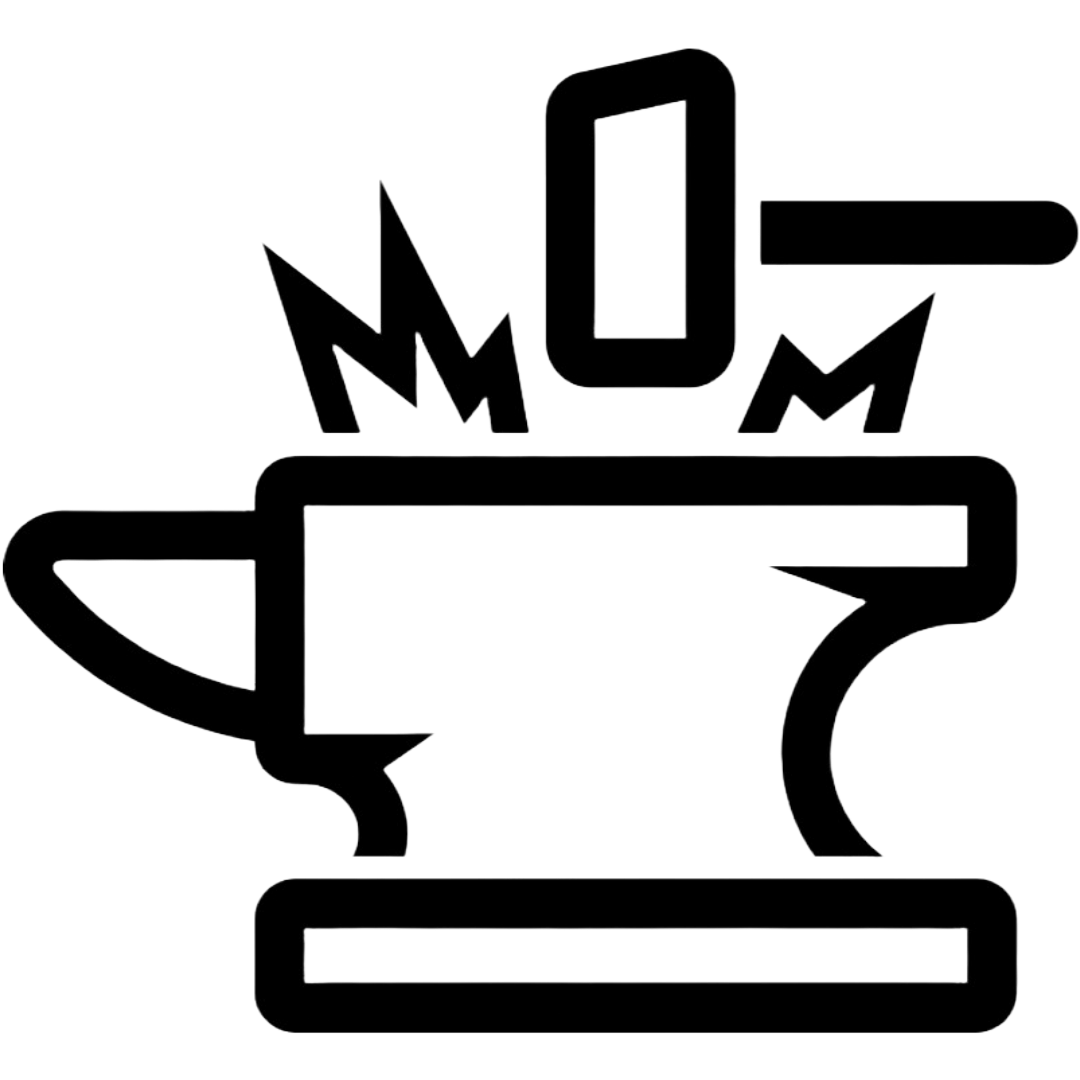Navigating Identity in the 21st Century: Challenges of Physical and Digital Realms

In the age of technological innovation and interconnectedness, the concept of identity has undergone a profound transformation. Two distinct yet interconnected dimensions, the physical and the digital, shape how individuals perceive themselves and how others attribute their qualities. As we peer into the future, it becomes evident that reconciling these identities is complex and multifaceted.
The Dual Nature of Identity
The Physical Identity:
Human identity, rooted in the physical world, encompasses tangible attributes such as appearance, body language, and actions. This identity has been shaped by cultural, societal, and biological factors throughout history. Our physical interactions have long been the basis for forming impressions, building relationships, and attributing qualities to one another.
The Digital Identity:
The emergence of the digital age has given rise to an entirely new dimension of identity: the digital self. This virtual persona is constructed through online activities, social media presence, and interactions in the digital realm. The digital identity allows individuals to curate aspects of themselves, presenting a controlled version of their character that may or may not mirror their physical self.
Challenges in the Convergence of Identities
1. Authenticity and Deception:
The digital world offers a platform for individuals to present themselves in any way they choose. However, this also opens the door to deception and manipulation. The challenge of maintaining authenticity in both realms becomes increasingly complex as individuals may curate an idealized version of themselves online, leading to dissonance compared to their physical identity.
2. Privacy and Security:
Digital identity exists in an environment of data collection and surveillance. As our digital footprints expand, the challenge lies in preserving our privacy and protecting our digital identities from cyber threats and unauthorized access. Breaches in digital security not only compromise personal data but can also lead to misattributions and online impersonation.
3. Context and Misattribution:
Online interactions lack the nuanced context of face-to-face communication. The challenge here is that digital messages and expressions can be easily misinterpreted or taken out of context, leading to attributions that may not accurately represent an individual’s intentions or beliefs. This becomes particularly problematic as our digital interactions increasingly shape how others perceive us.
4. Crossing Cultural Boundaries:
Cultural differences can lead to misunderstandings as our physical identities interact with our digital personas. A digital identity that resonates positively within one cultural context may be perceived differently in another. Navigating the complexities of cultural attributions becomes essential as our interconnectedness spans geographical and cultural borders.
5. Digital Footprints and Permanence:
In the digital realm, data is persistent and often permanent. The challenge arises when past digital actions or statements resurface to impact present attributions. Mistakes made in the past can haunt individuals, preventing them from evolving and growing beyond those moments.
Navigating the Future: Solutions and Considerations
As we face the challenges of reconciling our physical and digital identities, several considerations emerge:
- Digital Literacy: Educating individuals about the complexities of digital identity and promoting critical thinking skills can empower them to navigate the online world more effectively.
- Transparency and Control: Platforms that facilitate digital interactions should prioritize user control over personal data and emphasize transparency in data usage to empower individuals to manage their digital identities.
- Contextual Awareness: Developing technologies that capture the context of digital interactions can help mitigate misattribution and misunderstanding, providing a more accurate representation of an individual’s intentions.
- Cultural Sensitivity: Encouraging cross-cultural understanding and respect in the digital realm can help minimize the risks of misattributions arising from cultural differences.
- Digital Ethics: Fostering discussions around ethical digital behavior, including responsible content creation and consumption, can contribute to a healthier digital ecosystem.
The convergence of physical and digital identities is an ongoing journey, shaping how we relate to one another and ourselves. While challenges abound, they also provide opportunities for growth, self-awareness, and connection in an increasingly interconnected world. By recognizing and addressing these challenges, we can work toward a future where our physical and digital identities coexist harmoniously.
